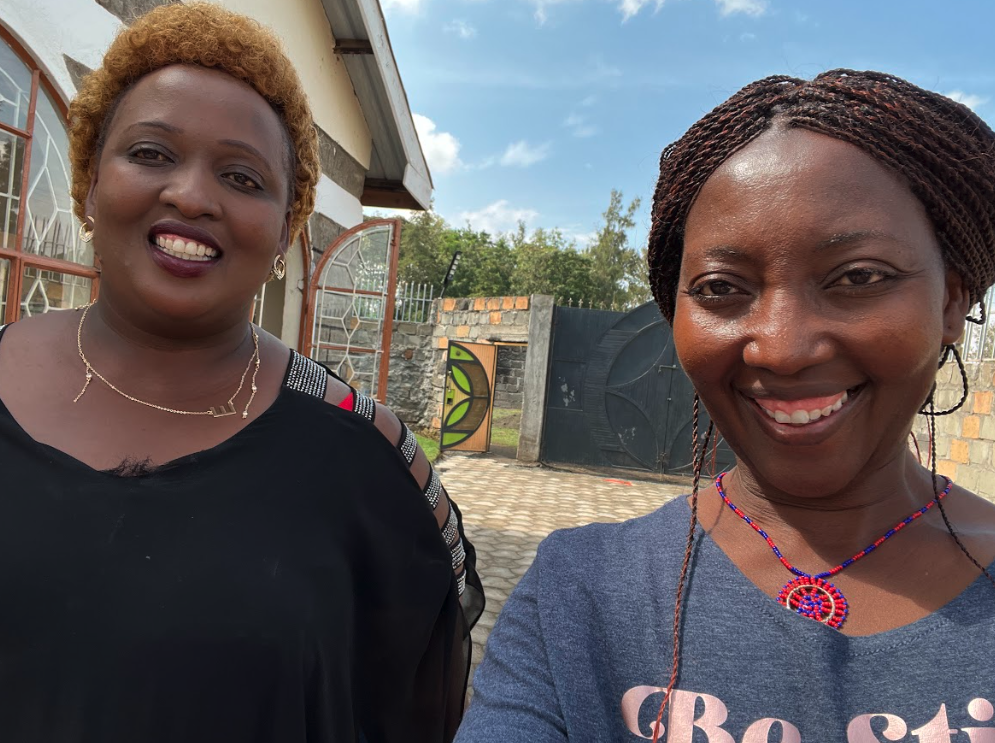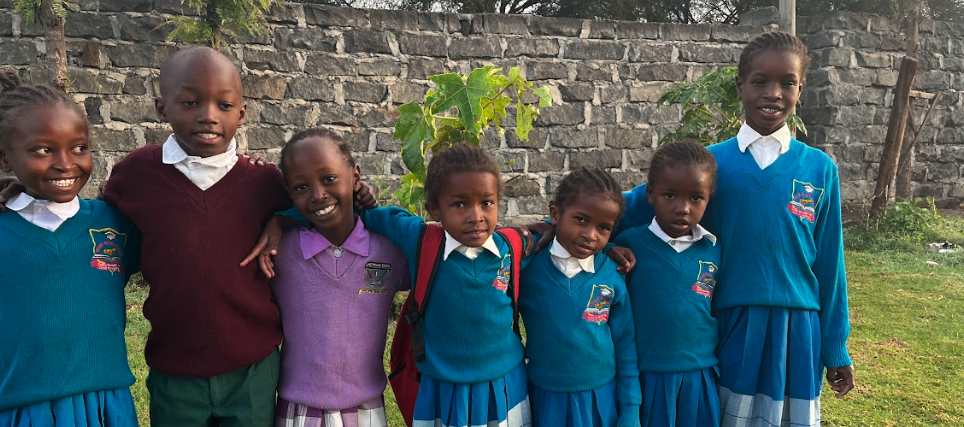A few years later, during a visit home, Mary and two friends and her family in Kenya decided to raise funds to establish a school/orphanage. The partnership with their church led to the creation of Rohi Children's Home.
Mary's focus evolved toward aiding children from the local dump, culminating in the establishment of the Amani home which is under the leadership of my younger sister, Emma. Mary and her sister currently manage Amani, a home for 28 children and 7 staff members, situated in the compound left by their parents. Mary's unwavering commitment to her mother's legacy of helping others is evident in her tireless efforts to provide for the basic needs of the children under their care, support guardians and widows with business projects, and assist high school students in pursuing college education.
With a steadfast goal of empowering children to thrive in their education and community, Mary Walker's journey is a testament to her unwavering dedication to positively impacting Kenya. It echoes the belief that, with God, all things are possible.
About the Founder
Mary Walker, a native of Nakuru, Kenya, developed a deep desire to assist women and children in need in her home country upon her arrival in the United States. This personal connection fueled her and her husband's mission to establish a nonprofit to address these pressing issues.
Mary's early years in Kenya, influenced by her Christian upbringing that emphasized the importance of helping others, laid the groundwork for her philanthropic journey. Inspired by her mother's support for a single woman named Grace and the transformative power of Heifer International's business opportunities, Mary envisioned similar initiatives to aid others.
In addition to her passion for helping women, Mary has always had a heart for children. Her empathy for the plight of homeless children in Nakuru, a concern that extended from her work in the public school system and later as a daycare provider, was a driving force in her philanthropic journey. Upon relocating to the affluent community of San Ramon in 1998, Mary was struck by the stark contrast in living conditions and the absence of children begging on the streets, prompting her to consider the possibilities for her homeland.


